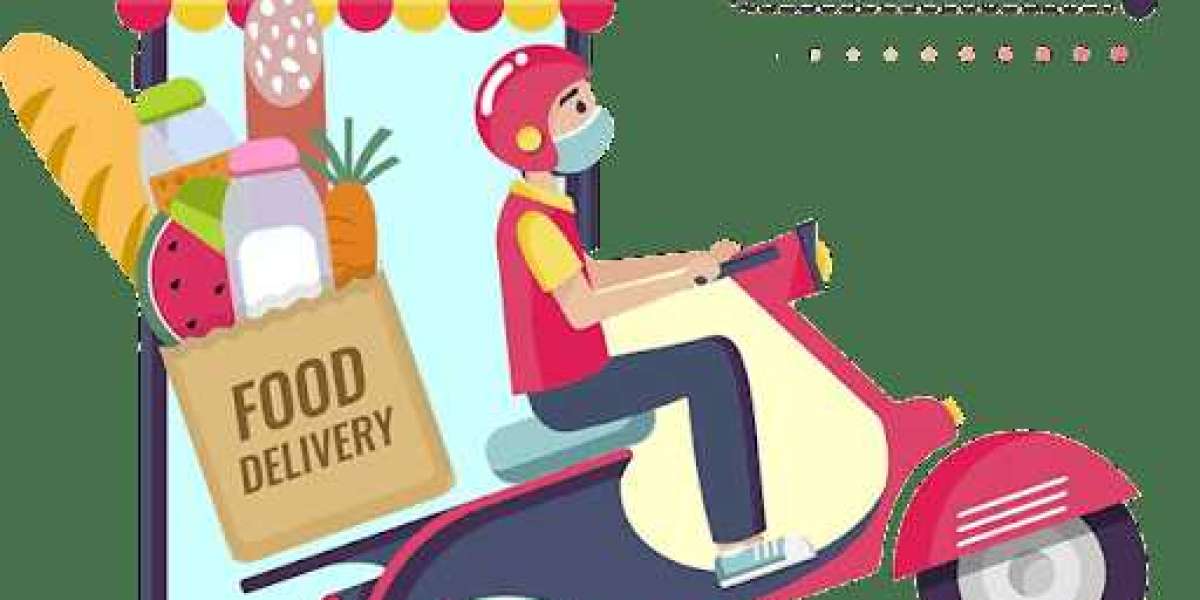In recent years, the food delivery industry has witnessed a remarkable transformation, largely driven by the proliferation of food delivery apps. These apps have revolutionized the way people order and enjoy food, offering convenience, variety, and speed at their fingertips. Behind the scenes, developing a successful food delivery app involves a blend of innovative technologies, user-centric design, and seamless operations. Let's delve into the intricacies of food delivery app development and the key factors that contribute to their success.
#### Understanding Market Dynamics
Before diving into food delivery app development, it's crucial to understand the market dynamics and user expectations. Market research helps identify target demographics, popular cuisines, competitors' strategies, and emerging trends. Analyzing data on consumer preferences, delivery logistics, and restaurant partnerships lays a solid foundation for app development.
#### Crafting User-Centric Experiences
User experience (UX) is at the core of every successful food delivery app. From intuitive interfaces to personalized recommendations, every element should enhance user satisfaction. Features like easy registration, seamless menu navigation, real-time order tracking, secure payment gateways, and quick customer support contribute to a positive user experience.
#### Technological Stack
Choosing the right technological stack is pivotal for app performance, scalability, and security. For front-end development, languages like Swift (iOS) and Kotlin (Android) offer robust frameworks. Cross-platform development using React Native or Flutter ensures compatibility across devices. Back-end technologies like Node.js, Django, or Ruby on Rails handle server-side operations efficiently. Integration with cloud platforms (AWS, Google Cloud) ensures scalability, while databases like PostgreSQL or MongoDB manage data securely.
#### Seamless Operations and Logistics
Efficient operations and logistics are the backbone of food delivery apps. Seamless coordination between restaurants, delivery partners, and users ensures timely order fulfillment. Features like geolocation tracking, route optimization, real-time notifications, and order management systems streamline operations, minimizing delays and enhancing reliability.
#### Monetization Strategies
Monetization is a crucial aspect of food delivery app sustainability. Popular monetization strategies include commission-based models, subscription plans, delivery fees, advertising partnerships, and in-app promotions. Balancing revenue generation with competitive pricing and value-added services is key to attracting and retaining customers.
#### Compliance and Security
Food delivery apps must comply with regulatory standards and ensure data security. Implementing robust security measures, data encryption, and adhering to food safety regulations instills trust among users and partners. Regular audits, GDPR compliance (or equivalent regulations), and secure payment gateways safeguard user information and financial transactions.
#### Continuous Iteration and Improvement
The journey doesn't end with app launch; continuous iteration and improvement are essential for staying competitive. Gathering user feedback, analyzing performance metrics, monitoring market trends, and incorporating new features enhance app relevance and user satisfaction. Collaborating with stakeholders, adapting to industry changes, and leveraging emerging technologies ensure long-term success in the dynamic food delivery landscape.
In conclusion, food delivery app development is a multifaceted endeavor that combines technological innovation, user-centric design, operational efficiency, and business strategy. By understanding market dynamics, prioritizing user experience, leveraging the right technologies, optimizing operations, implementing effective monetization strategies, ensuring compliance and security, and embracing continuous improvement, developers can create impactful and sustainable food delivery apps that cater to evolving consumer needs and preferences.



